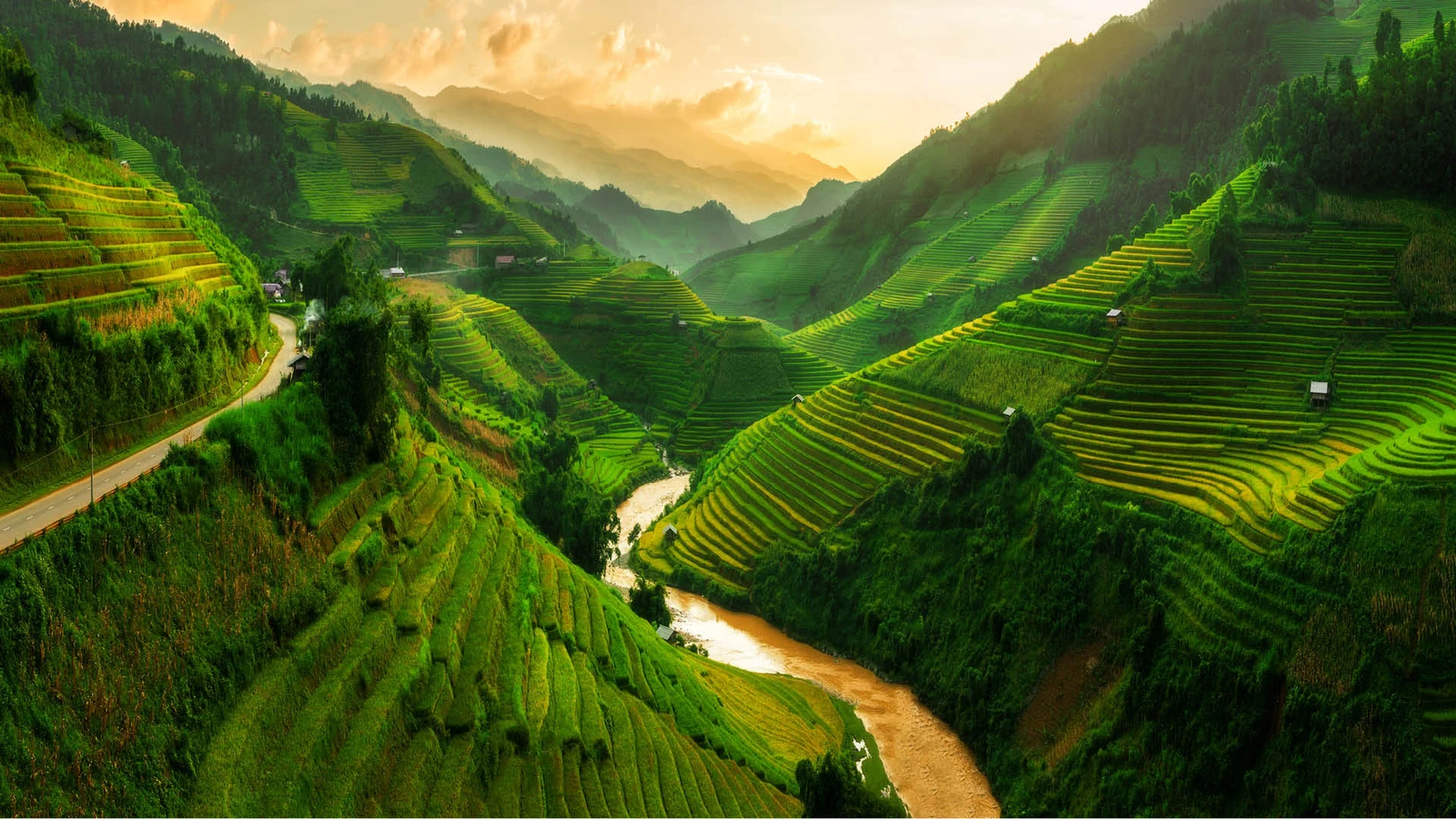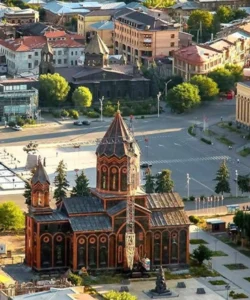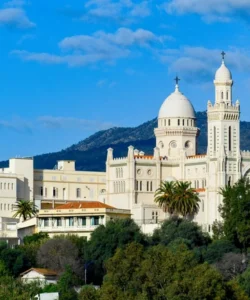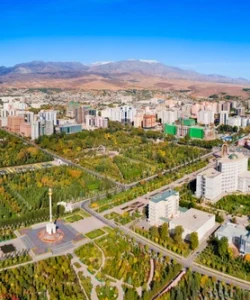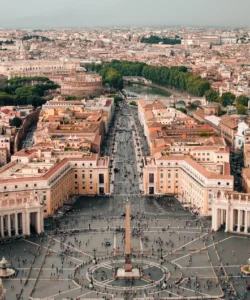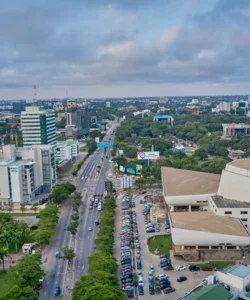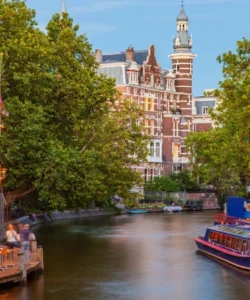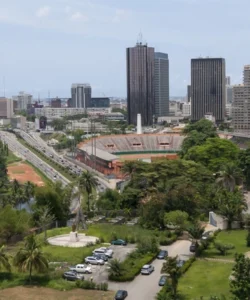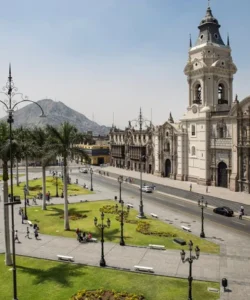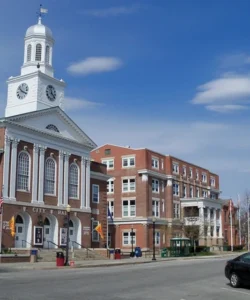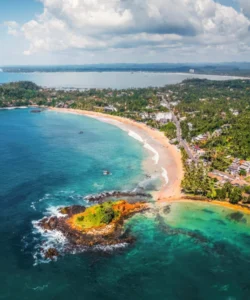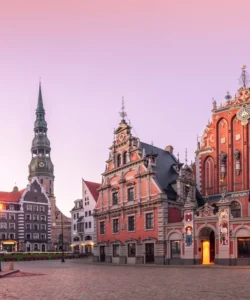Sapa (Sa Pa) is a captivating mountain town nestled in the Hoang Lien Son Mountains of northern Vietnam, close to the Chinese border. Renowned for its breathtaking terraced rice fields, dramatic mountain landscapes (including the Fansipan Peak, Vietnam’s highest mountain), and vibrant ethnic minority cultures, Sapa offers a unique blend of natural beauty and cultural immersion. It has evolved from a quiet hill station into a popular trekking destination, inviting visitors to explore its pristine landscapes and engage with the traditions of the Hmong, Dao, Tay, and other ethnic groups.
![]()
Name: Sa Pa (Sa Pa; an old transliteration for “sandy place”)
Address: Sa Pa Town, Sa Pa District, Lao Cai Province, Vietnam.
How to get there:
Sapa is primarily accessed from Hanoi:
- From Hanoi by Overnight Train: The most traditional and often preferred method. Trains depart from Hanoi’s Tran Quy Cap Station to Lao Cai City (the provincial capital, near the Chinese border). The journey takes approximately 8-9 hours, often overnight in sleeper berths. From Lao Cai Station, it’s about a 1-hour minibus or taxi ride up the winding mountain road to Sapa town.
- From Hanoi by Express Bus/Limousine Van: This is increasingly popular and often faster. Numerous bus companies offer comfortable sleeper buses or limousine vans that travel directly from Hanoi to Sapa town via the Hanoi-Lao Cai Expressway. The journey takes approximately 5-6 hours.
- By Private Car/Taxi: Hiring a private car offers flexibility and convenience, especially for groups, taking a similar time to the express bus.
- From Dien Bien Phu (less common): There are also buses connecting Sapa with Dien Bien Phu for those on a longer northern Vietnam itinerary.
Landscape and Architecture:
Sapa’s landscape is characterized by its dramatic mountainous terrain, sculpted by both nature and human hand:
- Terraced Rice Fields: The most iconic feature. The rolling hillsides around Sapa are meticulously carved into multilayered rice terraces, resembling giant emerald staircases. These fields change color dramatically throughout the year – emerald green during the planting season (late spring to early autumn), golden yellow during harvest (late September/early October), and sometimes shimmering with water after rain.
- Hoang Lien Son Mountains: Sapa is situated in this majestic mountain range, part of the eastern Himalaya. The peaks, often shrouded in mist, provide a stunning backdrop.
- Fansipan Peak: Known as “the Roof of Indochina,” Fansipan (3,143 meters / 10,312 feet) is Vietnam’s highest mountain. It can be ascended via trekking (multi-day) or, more popularly, by a modern cable car system, which takes visitors from Sapa town to near the summit. The cable car station itself is a modern architectural structure.
- Valleys and Waterfalls: Deep valleys like Muong Hoa Valley (which houses many ethnic minority villages) dissect the mountains, with rushing streams and waterfalls (e.g., Cat Cat Waterfall, Thac Bac – Silver Waterfall).
- Sapa Town: The town itself has a distinct architectural style influenced by its French colonial past and current tourism development. You’ll find a mix of:
- French Colonial Buildings: Some charming old villas remain, though many have been converted into hotels or guesthouses.
- Modern Hotels and Homestays: A growing number of contemporary hotels, guesthouses, and homestays cater to tourists, some designed to blend with the landscape, others more starkly modern.
- Sapa Stone Church (Our Lady of the Rosary Church): A well-preserved stone church built by the French in the early 20th century, located in the town center, serving as a prominent landmark.
- Ethnic Minority Villages: The true “architecture” of the local people lies in their traditional wooden and mud houses, often built on stilts, nestled into the hillsides in villages like Cat Cat, Lao Chai, Ta Van, and Ta Phin. These simple, resilient homes are integral to the cultural landscape.
What makes it famous:
Sapa is famous for:
- Spectacular Terraced Rice Fields: Recognized globally for its stunning and expansive rice terraces, which are a testament to the ingenuity and enduring agricultural traditions of its ethnic minority communities.
- Rich Ethnic Minority Cultures: It’s a prime destination to interact with and learn about the diverse cultures of Vietnam’s highland ethnic groups, particularly the Hmong (Black Hmong, Flower Hmong), Dao (Red Dao), Tay, Giay, and Xa Pho. Visitors can observe their traditional dress, crafts, and way of life.
- Trekking and Hiking: Sapa is Vietnam’s premier trekking destination, offering a wide range of trails through rice fields, mountains, and villages, from easy day walks to challenging multi-day treks.
- Fansipan Peak: As the highest mountain in Indochina, it’s a significant draw for adventurers and a source of pride, now easily accessible by cable car for impressive views.
- Cool Climate: Its elevation provides a refreshingly cool climate compared to the rest of Vietnam, making it a popular escape, especially during the hot summer months. It even experiences occasional snow in winter.
- Local Markets: Lively markets where ethnic minorities gather to trade goods, socialize, and sometimes participate in traditional activities.
Differences from some other wonders:
Sapa distinguishes itself from other natural wonders and cultural landscapes in several key ways:
- Man-made Agricultural Landscape as Natural Wonder: While other places have beautiful mountains or rivers, Sapa’s fame is inextricably linked to its extensive, millennia-old terraced rice fields, which are a product of human ingenuity and labor but are experienced as a profound natural beauty. This human-sculpted natural landscape is a distinct feature compared to purely natural formations.
- Active Ethnic Minority Presence: Unlike some historical villages (e.g., Hahoe Folk Village which is a specific clan village), Sapa is a dynamic hub for multiple, distinct ethnic minority groups (Hmong, Dao, Tay, etc.) who live their traditional lives within the landscape and actively engage with tourism (e.g., guiding treks, selling crafts). This living, diverse cultural interaction is a core part of the Sapa experience.
- High Mountain Resort Town with Cable Car to Highest Peak: It’s a combination of a picturesque hill station (with French colonial heritage) and a gateway to the highest peak in Indochina (Fansipan), now accessible by a modern cable car. This blend of accessible urban comfort and extreme alpine adventure is a unique offering.
- Seasonal Transformation: The dramatic and predictable seasonal changes of the rice terraces (green, yellow, fallow) offer a vastly different visual experience throughout the year, making it a continuously evolving landscape.
- “Roof of Indochina” Accessibility: The modern cable car system makes scaling “The Roof of Indochina” a feasible activity for most visitors, democratizing access to this high-altitude wonder.
In essence, Sapa is a captivating wonder that fuses the grandeur of mountainous landscapes with the enduring artistry of human agriculture and the vibrant traditions of Vietnam’s highland ethnic minorities, offering an unforgettable and immersive cultural and natural adventure.
